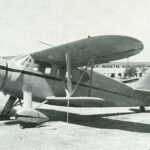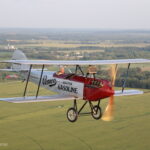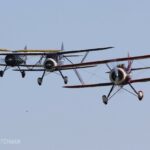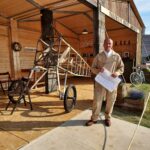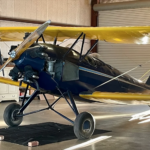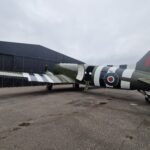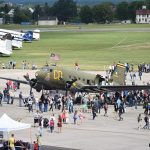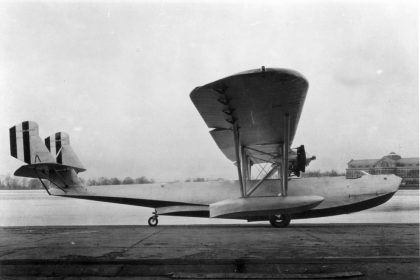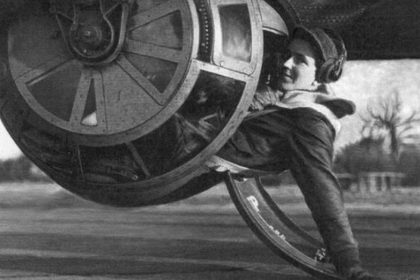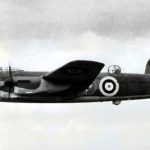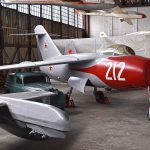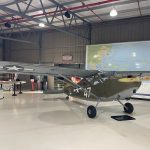“I only know that I want that biplane. I want it because I want to travel through time and I want to fly a difficult airplane and I want to feel the wind when I fly and I want people to look, to see, to know that glory still exists. I want to be part of something big and glorious.” – Richard Bach, Biplane (1966)
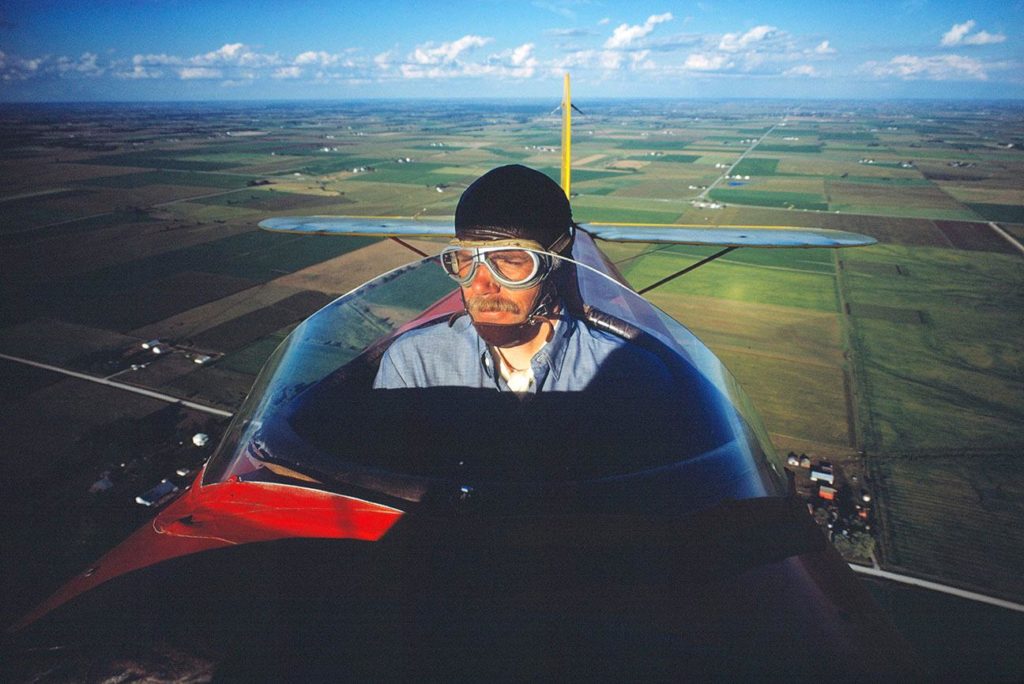
On April 26th, 1964 a radial-powered biplane with wings and tail in Champion Yellow and Stearman Vermillion-painted fuselage took off from an airfield near Lumberton, NC. At the controls was a 27-year-old former USAF fighter pilot determined to capture the spirit of the barnstormers and pioneer aviators, of the wind in the wires and the carefree “pick a field and land for the night” era. On May 2nd — after a journey with more than its fair share of trials and tribulations, and most nights spent in a sleeping bag under the wing — Richard Bach landed his Parks P2A N499H at Compton, CA, his mission accomplished and a new one about to begin.
Bach wrote about the adventure in Biplane (1966), which was followed by Nothing By Chance: A Gypsy Pilot’s Adventures in Modern America (1969 – adapted into a documentary film of the same name in 1975, narrated by Hugh Downs). This latter work chronicled Bach’s adventure with friends touring the U.S. as The Great American Flying Circus, flying several different aircraft (including the Parks) offering cheap airplane rides and performing mini-airshows for small-town crowds as modern-day barnstormers.
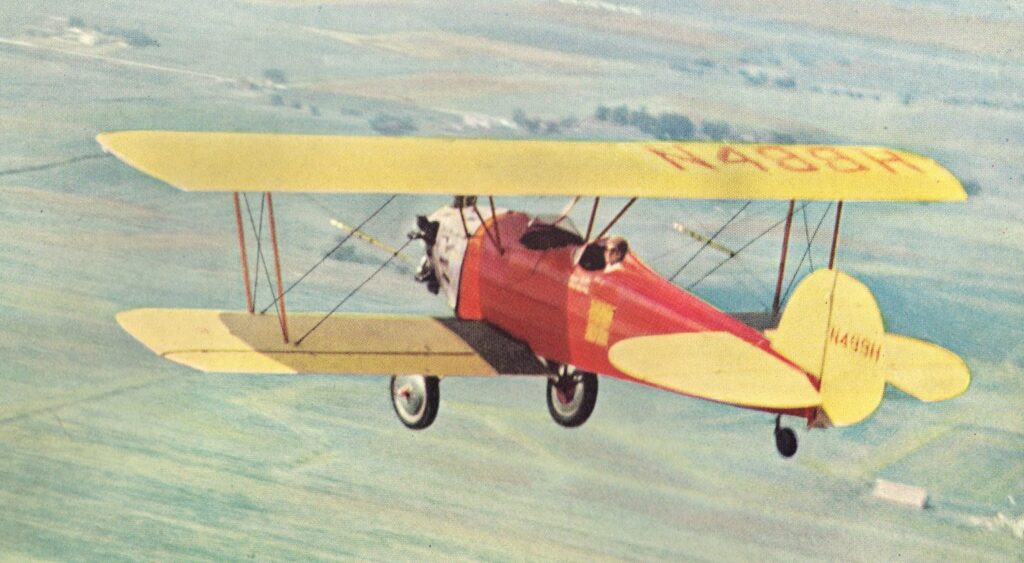
Our subject aircraft, s/n 101, was built in December 1929 and licensed as NC499H under Aircraft Type Certificate 276 the following January, its power provided by a Wright J-6-5 Whirlwind five-cylinder radial engine. While often referred to as a Parks P2A, this airframe was assembled by Detroit Aircraft from components produced by Parks College and marketed as a Ryan Speedster. In Biplane Bach refers to his aircraft as a “1929 Detroit-Ryan Speedster, model Parks P-2A” but for simplicity’s sake this machine is often referred to as simply “the Parks”. Between its registration and September 1939 — at which point the documentation stated the aircraft was prepared for storage — the Parks’ logbook recorded the carriage of 1,233 passengers to date, its front cockpit having room for two people. It made its way to Lumberton lawyer Evander Munn Britt Jr., who in 1964 traded it to Richard Bach for the latter’s recently-rebuilt, “modern” 1946 Fairchild F-24. Bach, who went on to achieve worldwide fame with his book Jonathan Livingston Seagull, parted ways with the Parks in December 1975 when he sold it to Wayne Amelang, who restored the aircraft with fine attention to detail and continued flying the aircraft for another 20 years.
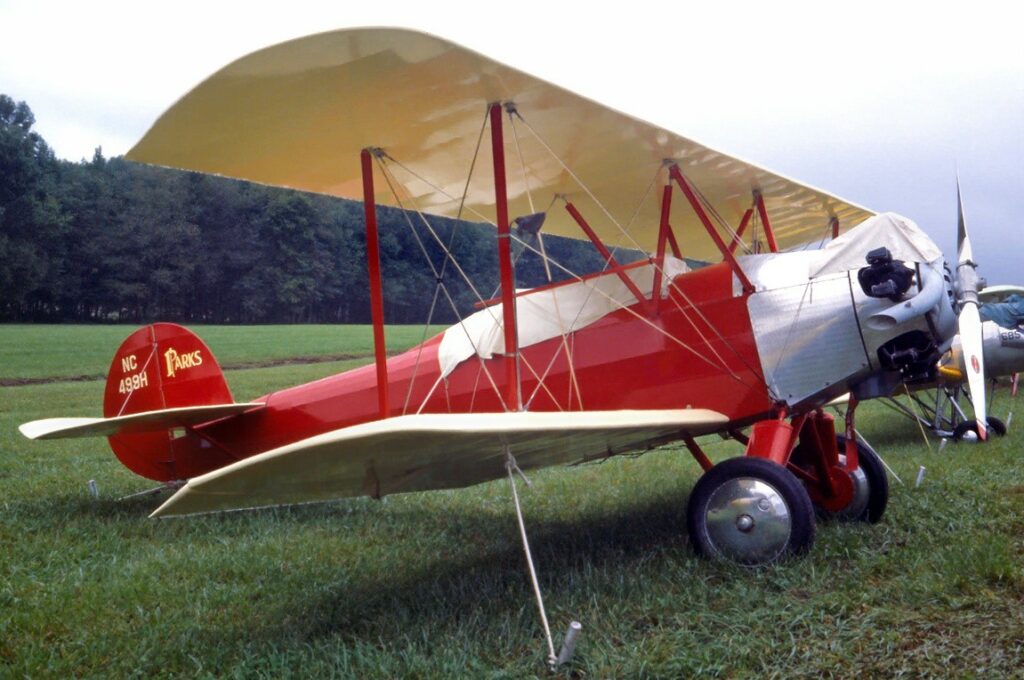
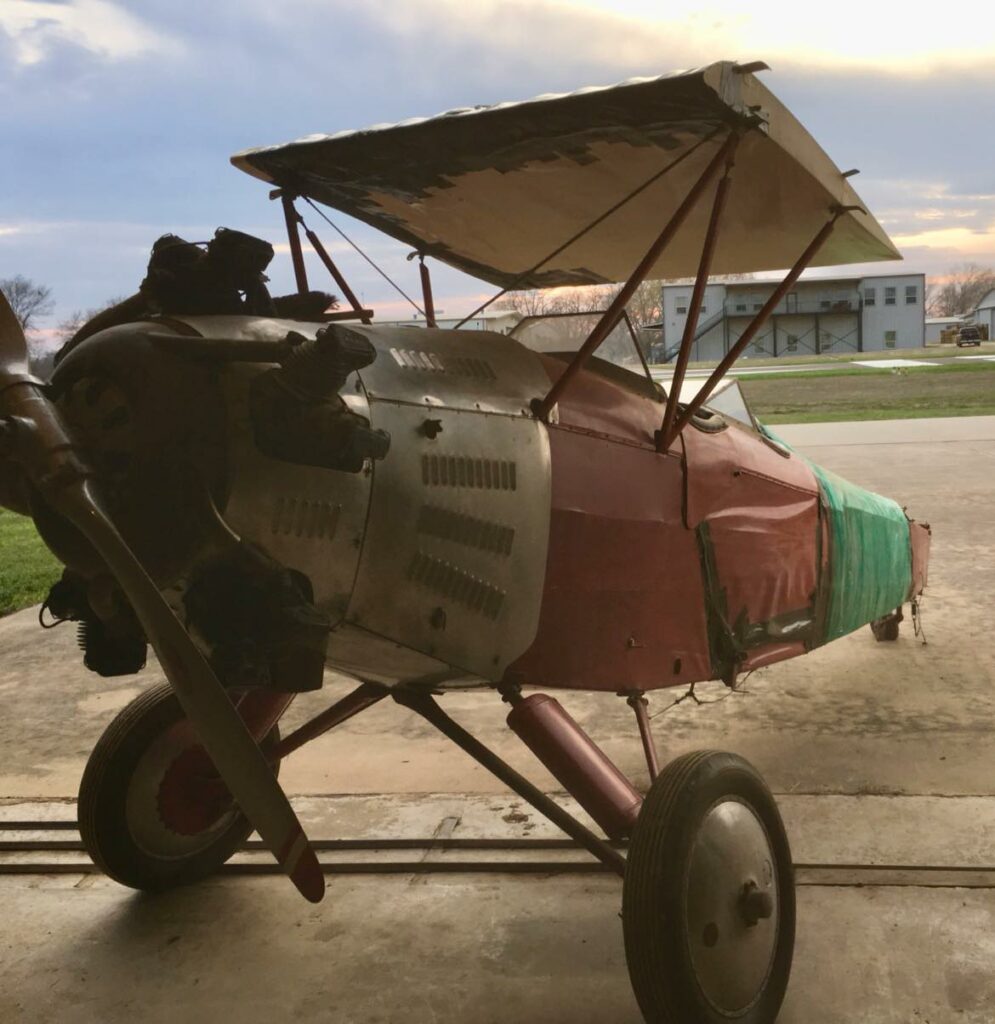
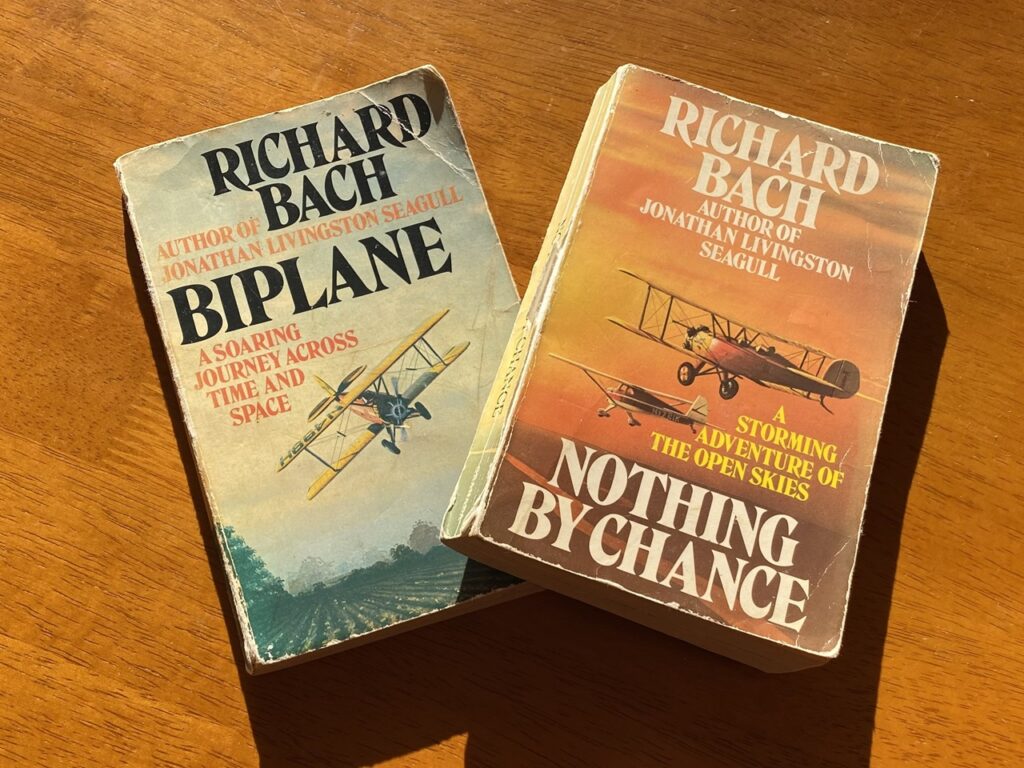
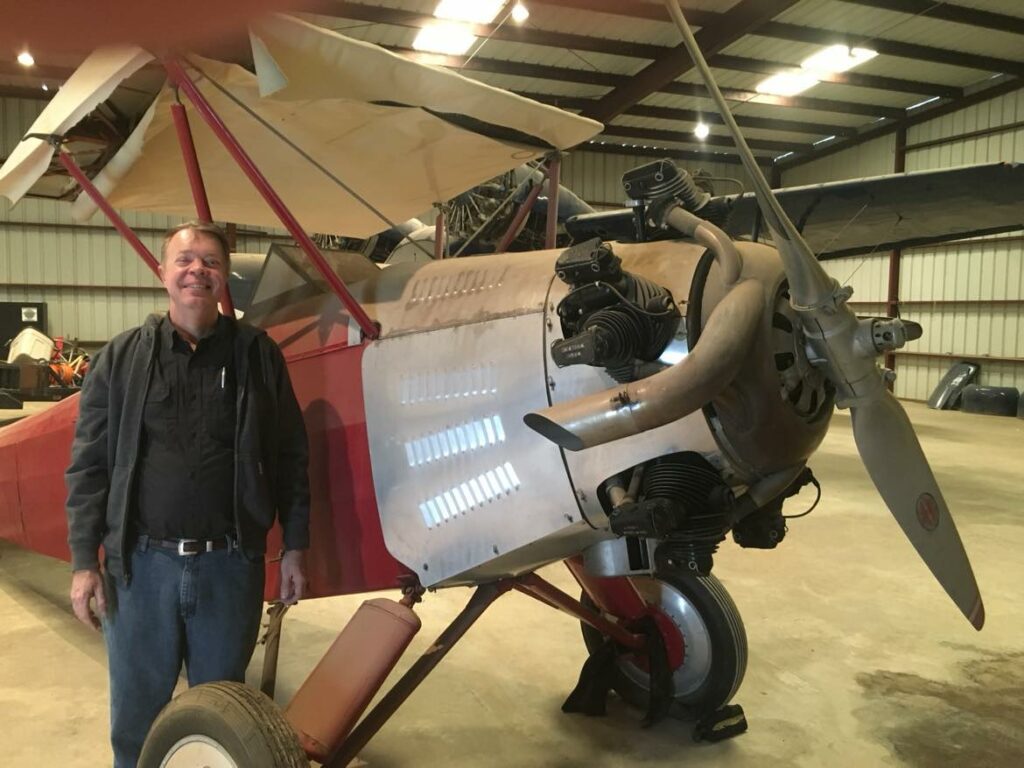
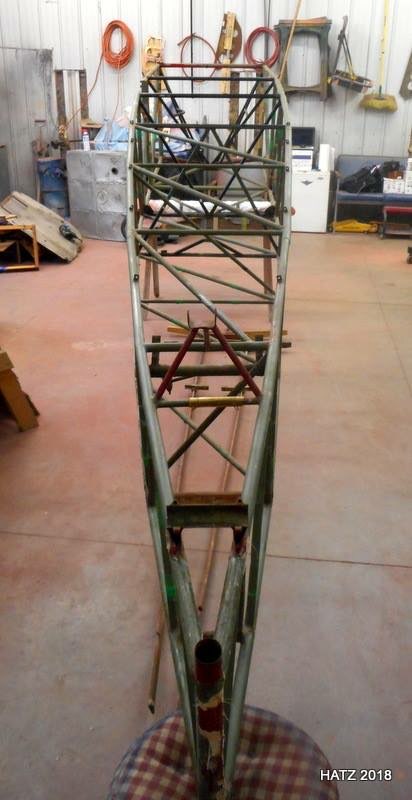
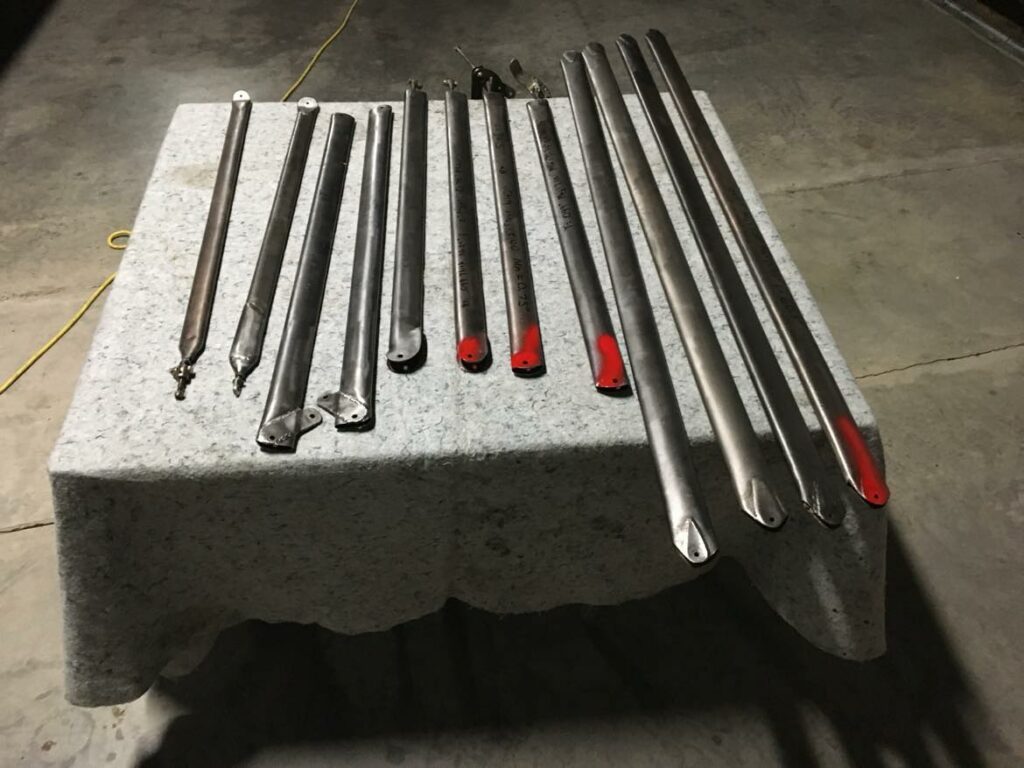
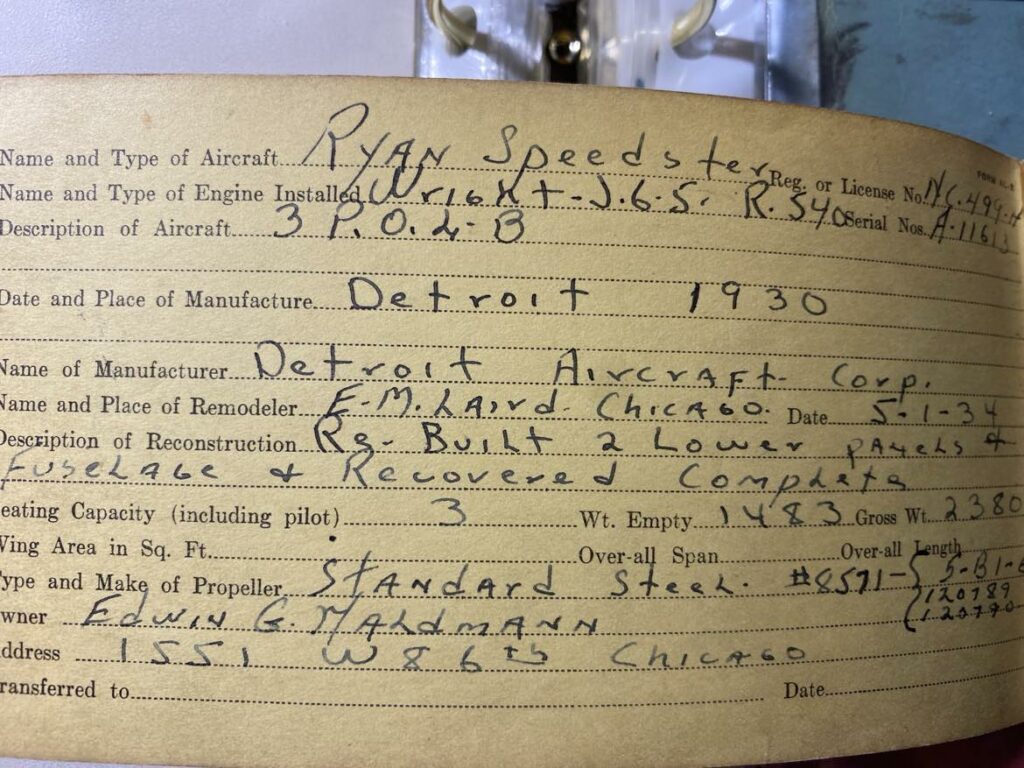
When asked how many people are involved in the rebuild Donner replied: “Scores. No ground up restoration is a solo effort. There are welders, woodworkers, historians, authors, vendors, friends, family, and more. Without them, the project would be lost. As of this writing, the spotlight is on an amazing woodworker I found literally in my neighborhood. Without his skill and ambition – he’s fast and efficient – the airplane would still be low on my list of priorities. His success and skill are a source of pride and motivation for me and synergies like that are what keep the project on track.”
As of the time of writing the airplane has been completely disassembled and assessed for overall condition and viability, Donner said. “The steel fuselage frame, tail surfaces, and landing gear have been repaired as needed, media blasted, and primed. New wing struts have been fabricated. The wings and center section were evaluated and although they were in reasonably good condition, the glue joints and some old repairs were clearly showing their age, so I chose to replace all of the wood components in the airplane. I fabricated new ribs for the wings and center section and had all the internal parts inspected and fabricated replacements where warranted. I disassembled one top wing panel and one bottom wing panel so we could compare the existing ribs, spars, and other parts to the blueprints – other than the ailerons, they were found to be identical, so I had a full set of new spars constructed. The remaining two wing panels are still fully assembled and serve as a check and balance of ‘How does this all fit together in a completed component?’. As of today, the new center section is assembled and ready for varnish, new ailerons are complete through varnish and are ready for preparation for fabric, four new wing panels are ‘under construction’ and will be complete through varnish by the end of this summer.
“Completing the wing panels and mating new ailerons to new wings and new wings to an old fuselage with new struts bracing the whole affair. The partial remating of the airplane before fabric is known as ‘dry rigging’ and is an important step. Now that completion of the new wings is a foregone conclusion, dry rigging is the next hurdle and will be a milestone because – for a few days – all of the major components of the airplane will be mated and it will sit on its own gear while we conduct a preliminary rigging of the wings and fine tune things like gear geometry (problematic on this airplane) and a few other odds and ends before it all comes back apart and the focus shifts to the fuselage and tail group.”
Unlike some restorations of rare aircraft — there are thought to be only three or four survivors of the Parks biplane family — Donner’s project hasn’t suffered from insurmountable roadblocks. “From a technical point of view, there are no particularly large challenges,” he said. “The airplane is simple and I have been lucky to have started with a complete and undamaged airplane that included a set of blueprints.
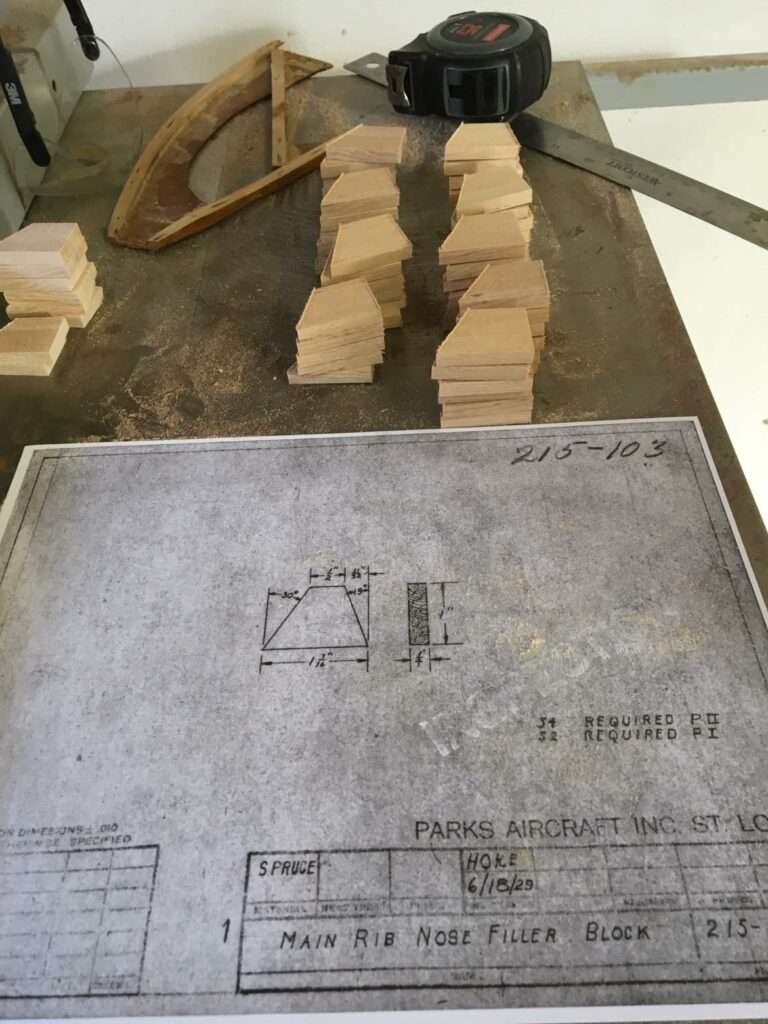
“Logistically, the biggest challenge is time. Finding time to work on the things I can work on, finding skilled people who can work on components and also have time in their schedules to keep each component on track. The death of any large project happens when work stops for a long period of time.”
This project had its own encounter with that when Donner’s mother had a massive stroke in 2019 and a heart attack the following year. “When your mother ends up in that state, everything else is on the back burner. Before her passing earlier this year, I had to take a long look at my priorities and realized that the Parks needed to get back on track. Her last trip to my hangar was shortly before her stroke and we shared a pizza while she admired the Bellanca and looked at the newly acquired Parks with fabric falling off it and black sludge dripping from the engine and said ‘Oh Brad…’.”
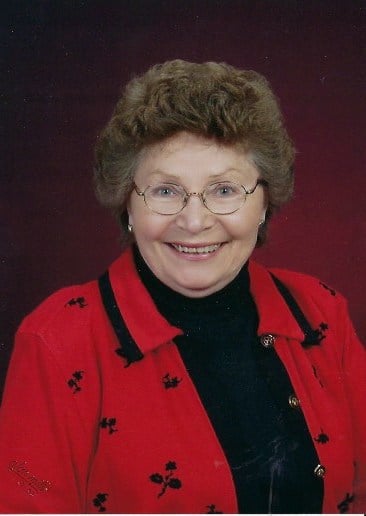
As for the color scheme, fans of the two Bach books will be pleased to hear the classic yellow and red paint job will be making a comeback, albeit with some alterations.
“The ‘Bach Years’ of the airplane’s history are clearly the most significant and identifiable periods of a nearly 100-year life, so it will wear those colors, perhaps with some minor variation for my personal tastes. But I would also like to incorporate some elements to document the Glen Johnson and Wayne Amelang years. Glen flew the airplane A LOT – he put considerably more hours on it than Bach did – and he was fastidious in his preservation of the airplane, so his ownership tenure needs recognition. Wayne Amelang was a true gentleman in the classic sense of the word and owned the airplane after the ‘Bach Years’ and lavished care on it while celebrating its heritage as a Parks College product. His widow and many members of his extended family are following the progress of the restoration and their passion for the airplane needs to be part of its story going forward.”
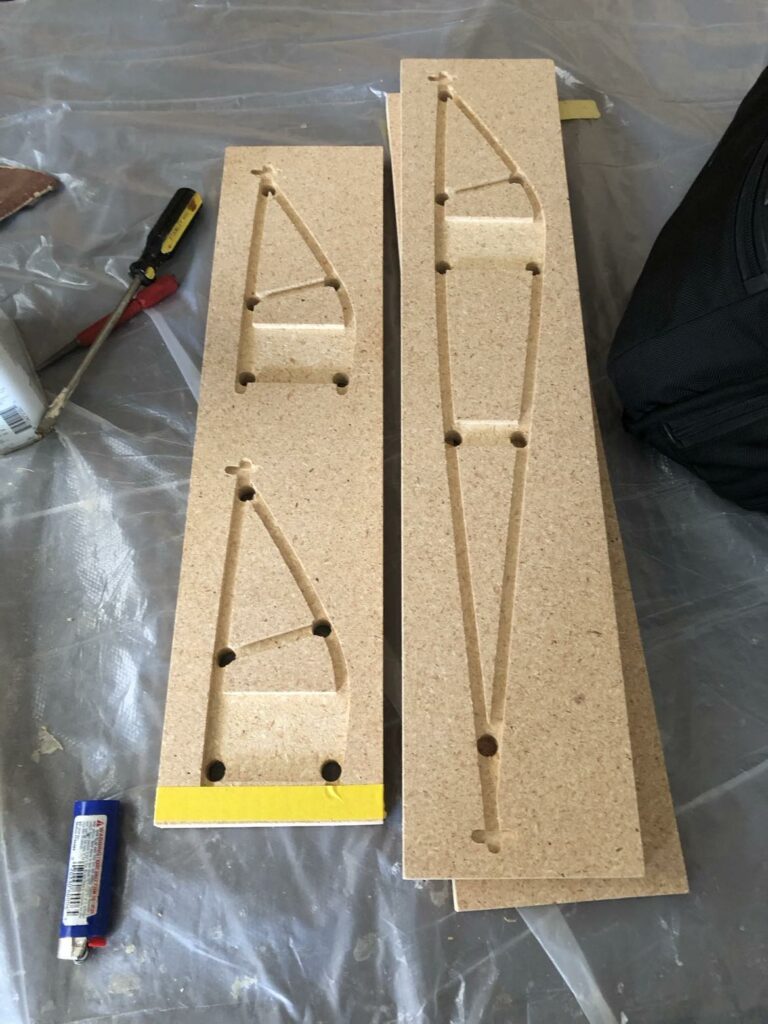
Donner is quick to acknowledge those who have helped him in the project so far. “I’d like to thank my family, and especially my late mother, for inspiring and motivating me to engage in projects like this – they are not for the faint of heart. I’d like to thank Glen Johnson for putting up with my antics when I was a kid at Oak Grove Airport and remembering me when I – as a middle-aged man – asked him to sell me his airplane. I’d like to thank all the nice folks who gave timely advice or inspiration. And lastly, many thanks to the craftsmen and artisans who looked at this project and said ‘Yeah, this is cool and I have room in my schedule for you’.”
As for when N499H will take to the skies again, Donner jokes ‘It will fly on Tuesday’. “I have no idea when it will be finished, but the priority is to keep it moving forward and not stop until it is done.”
***







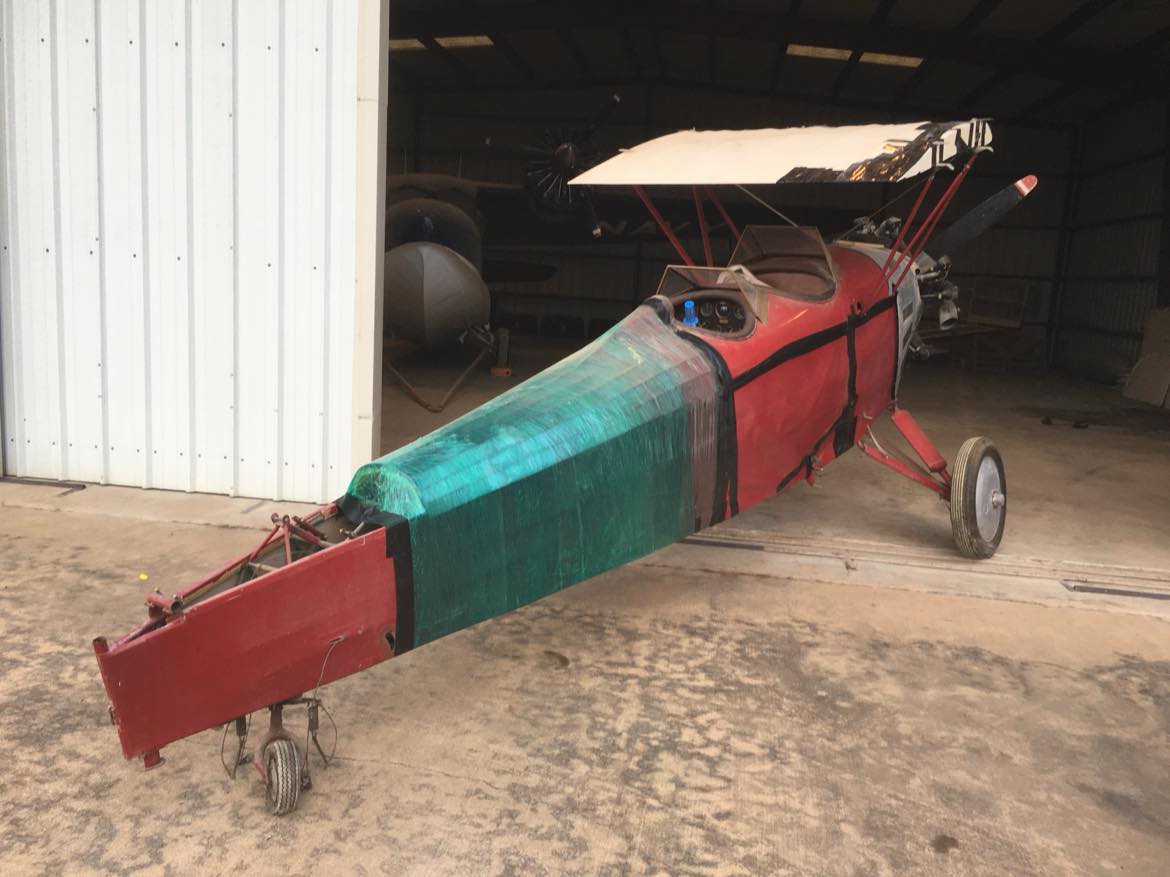

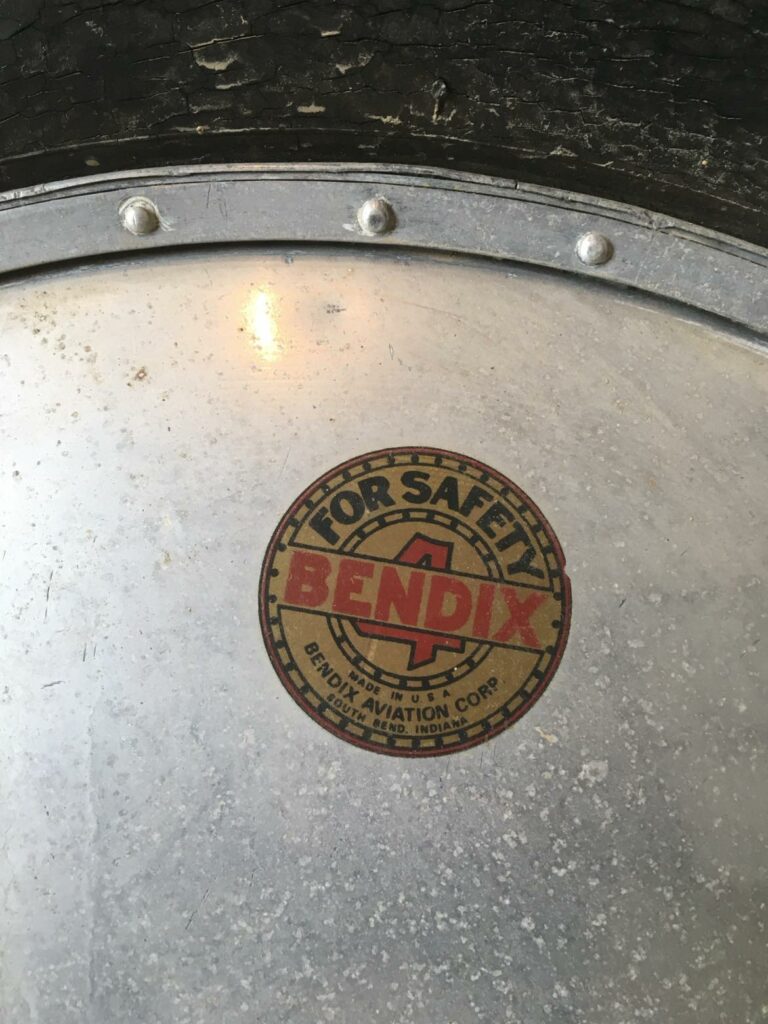
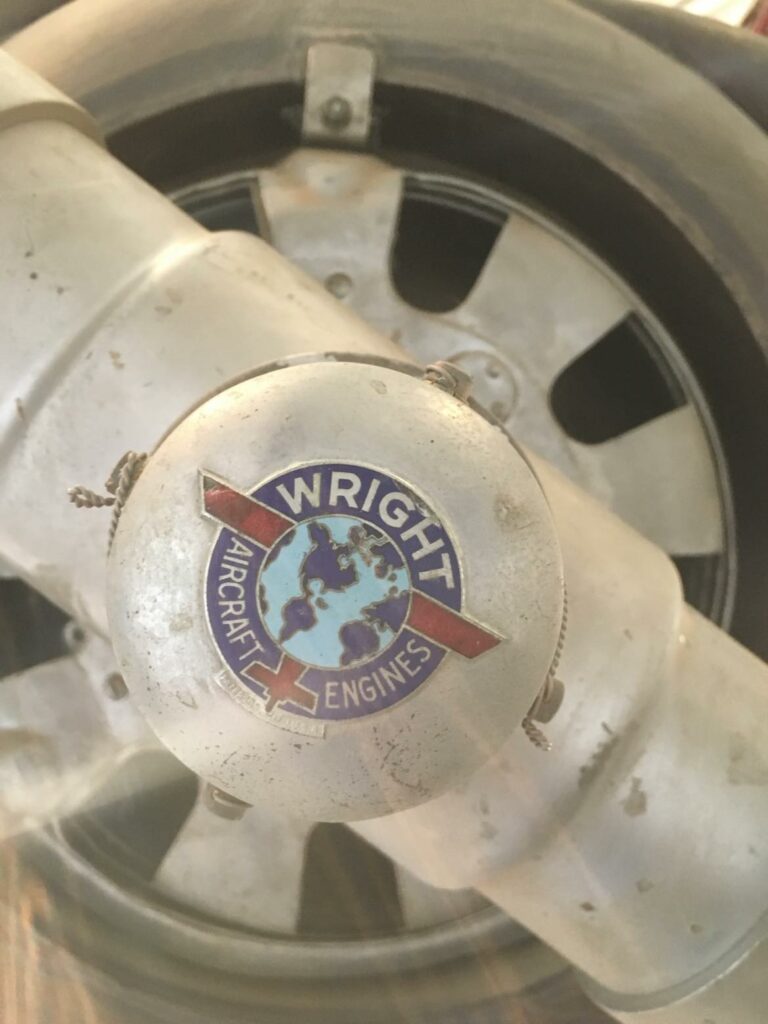
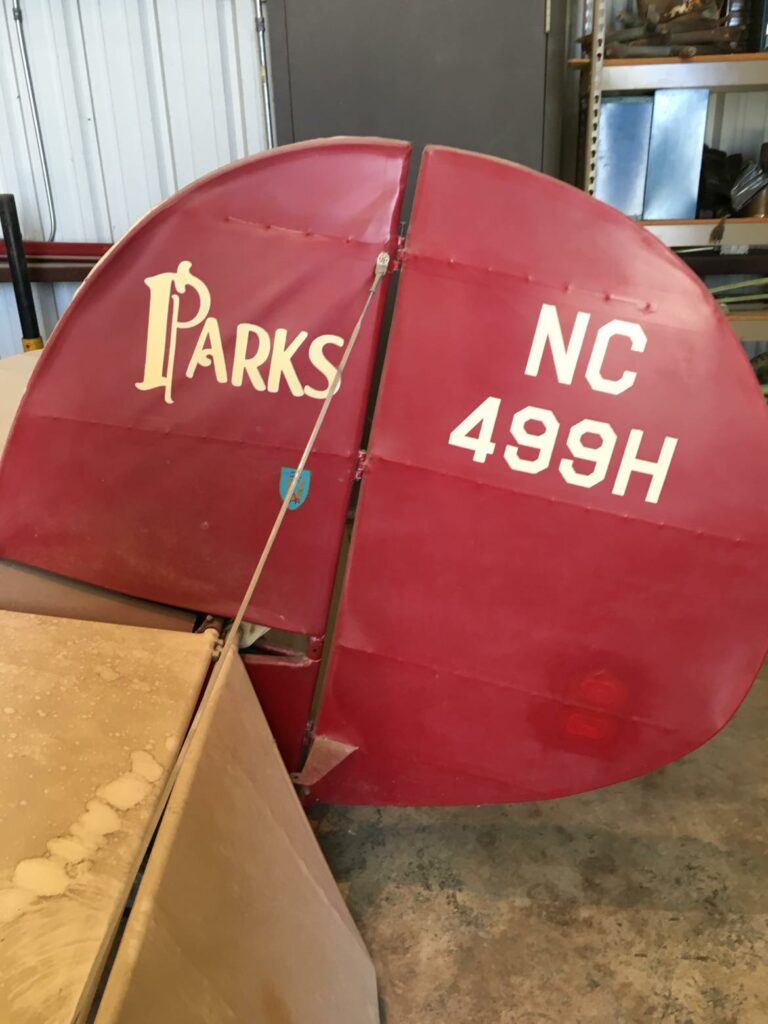
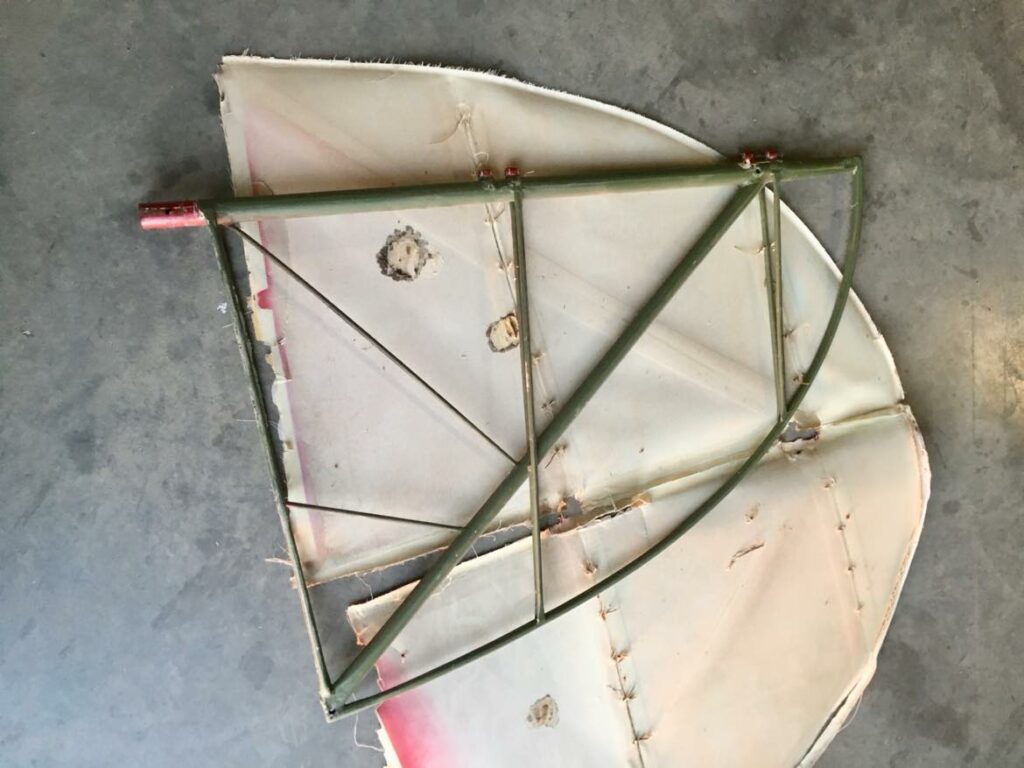
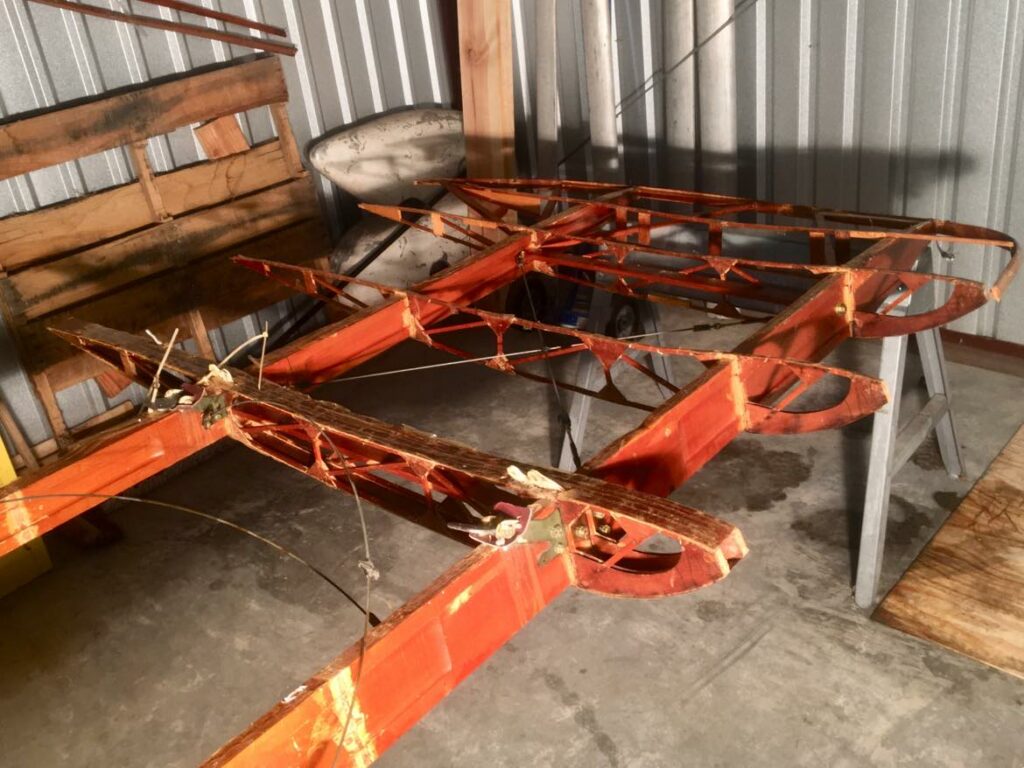
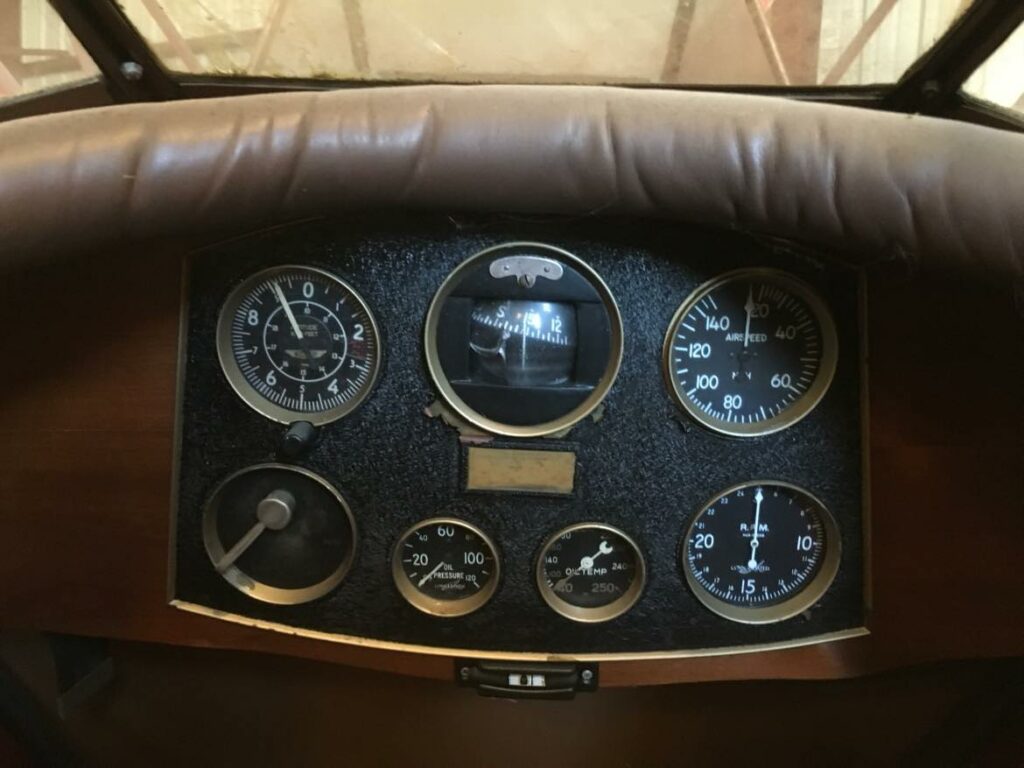
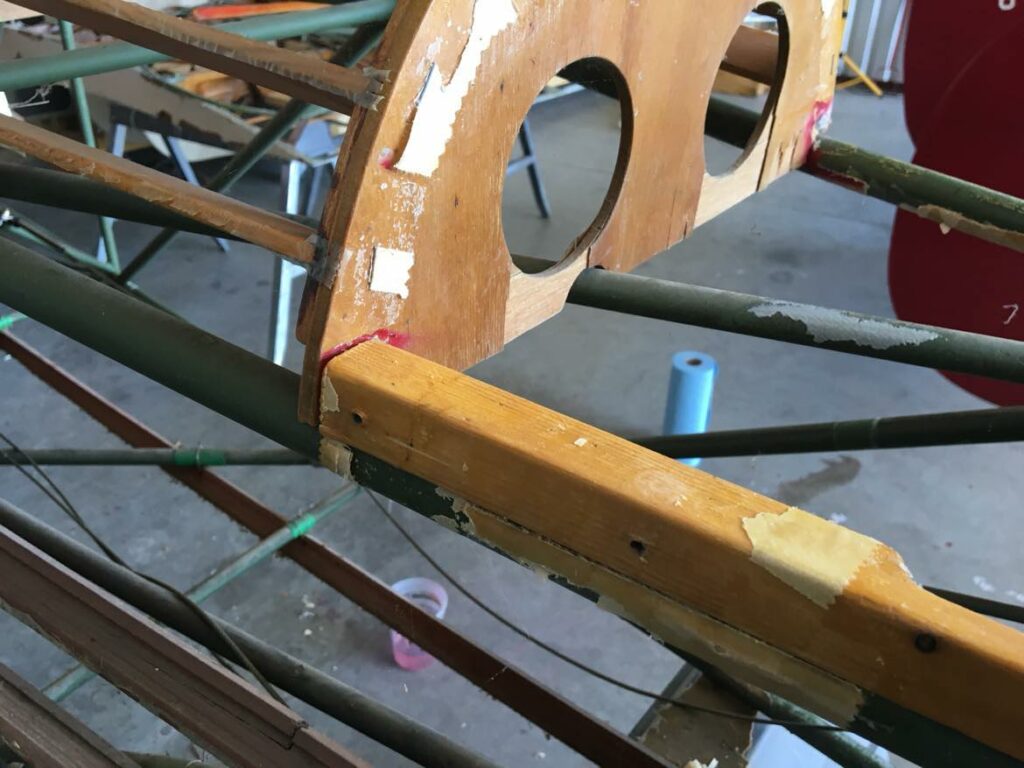
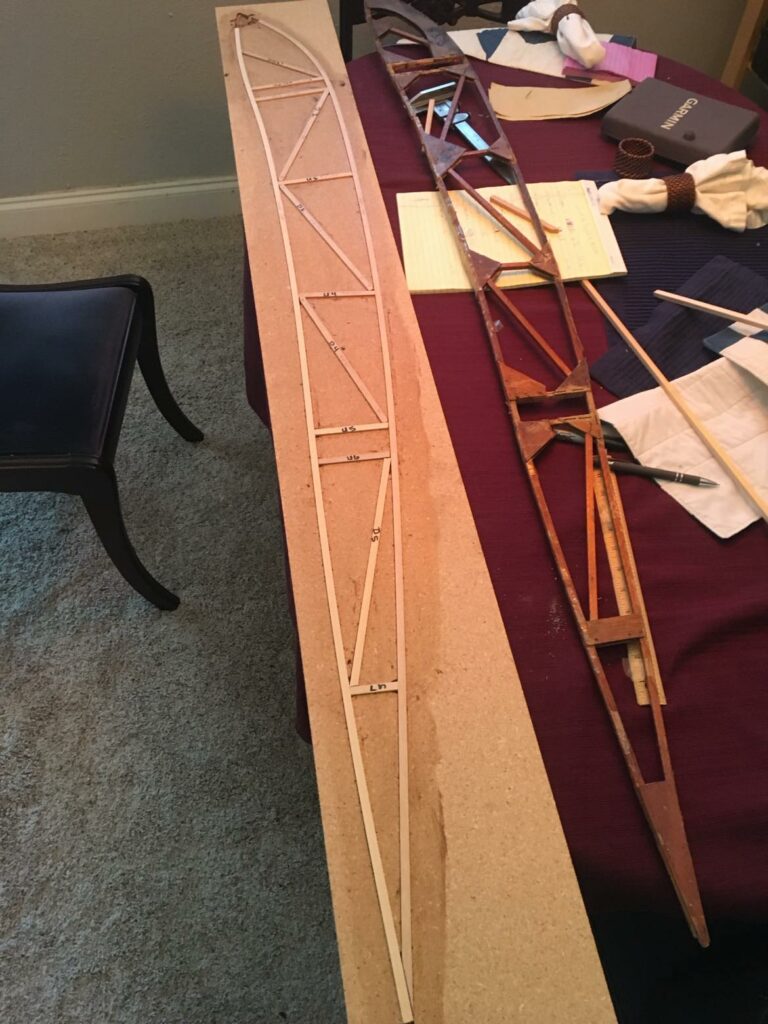
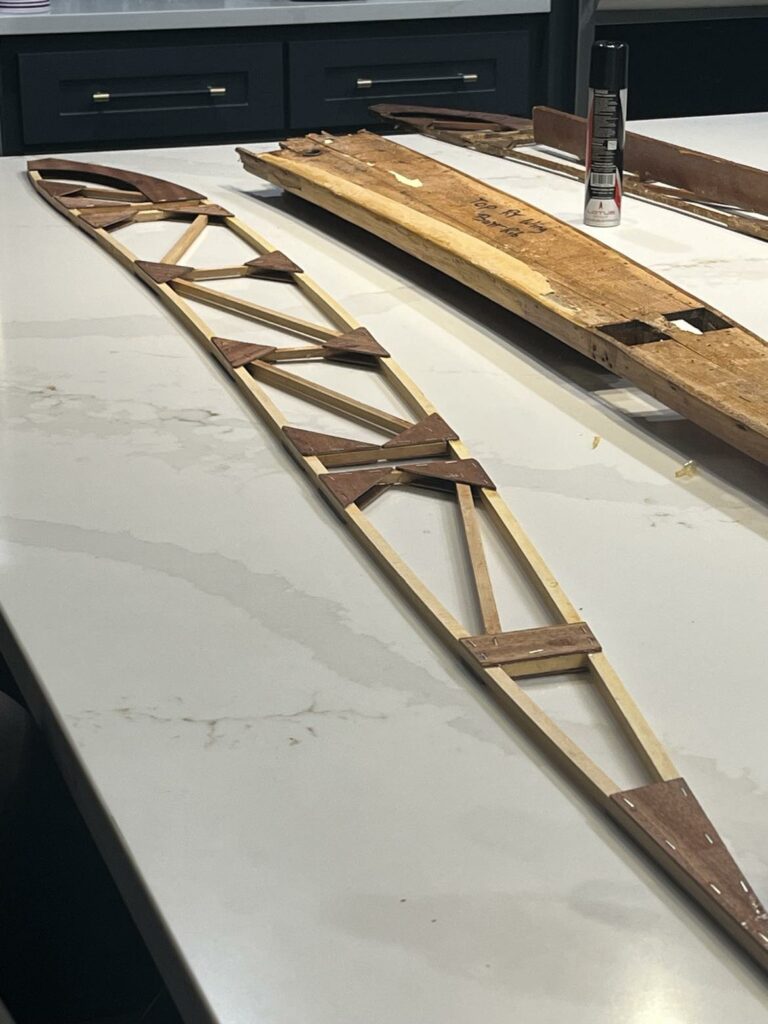
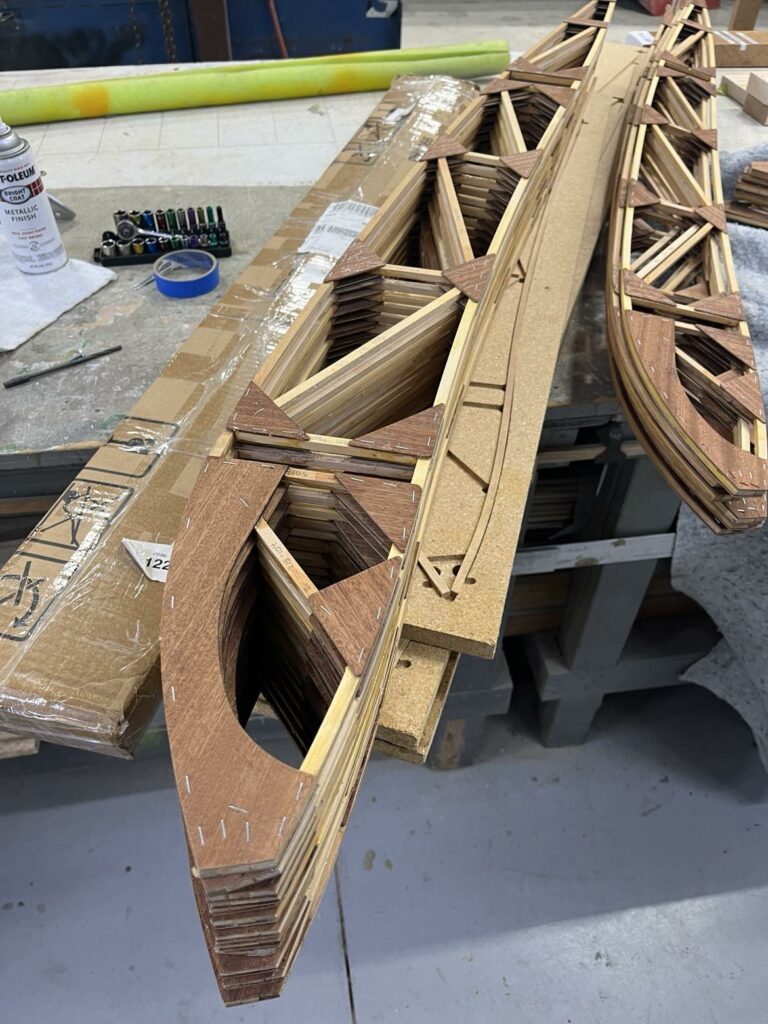
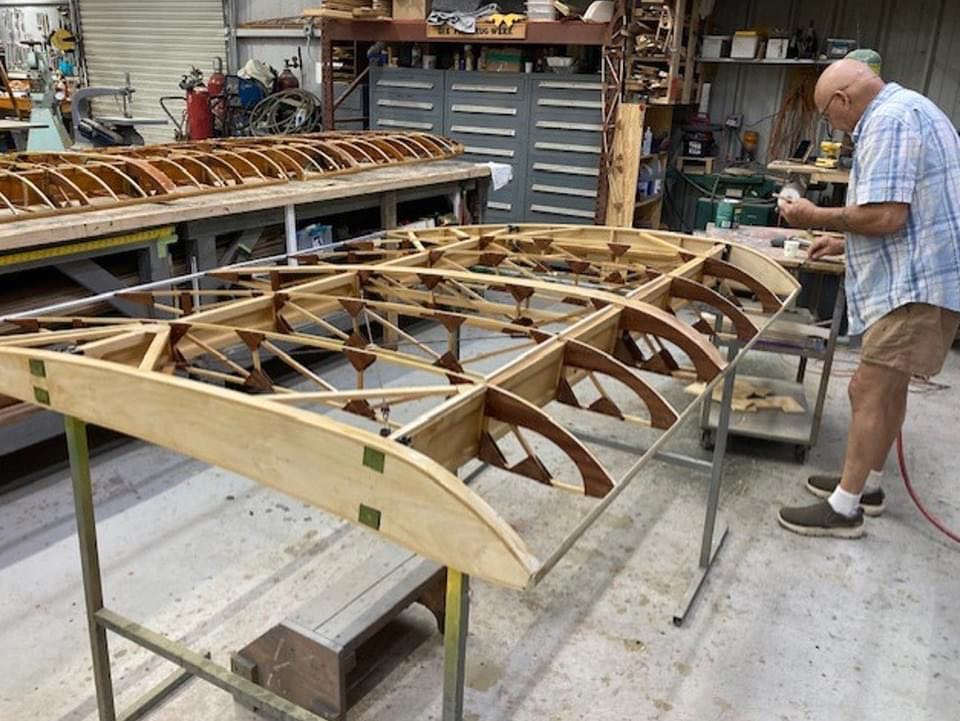
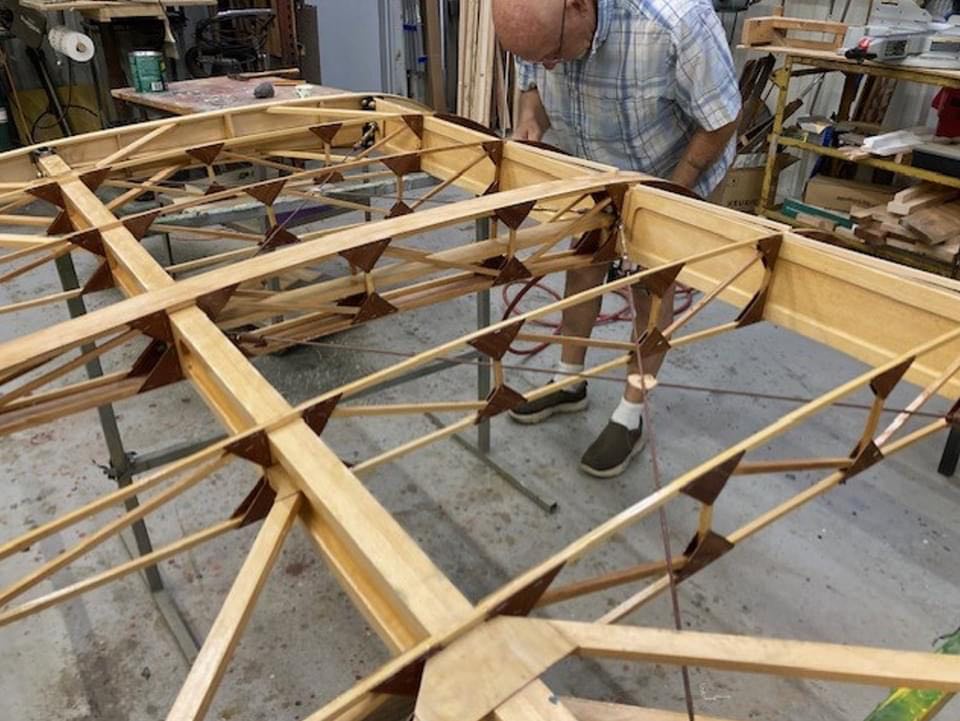
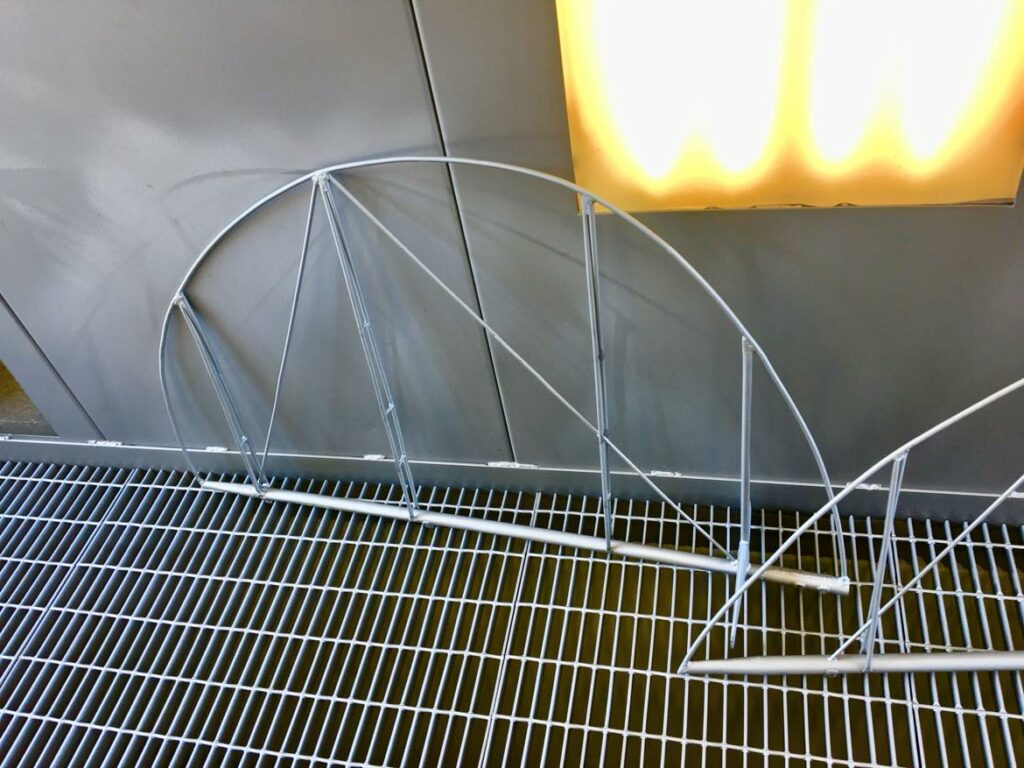
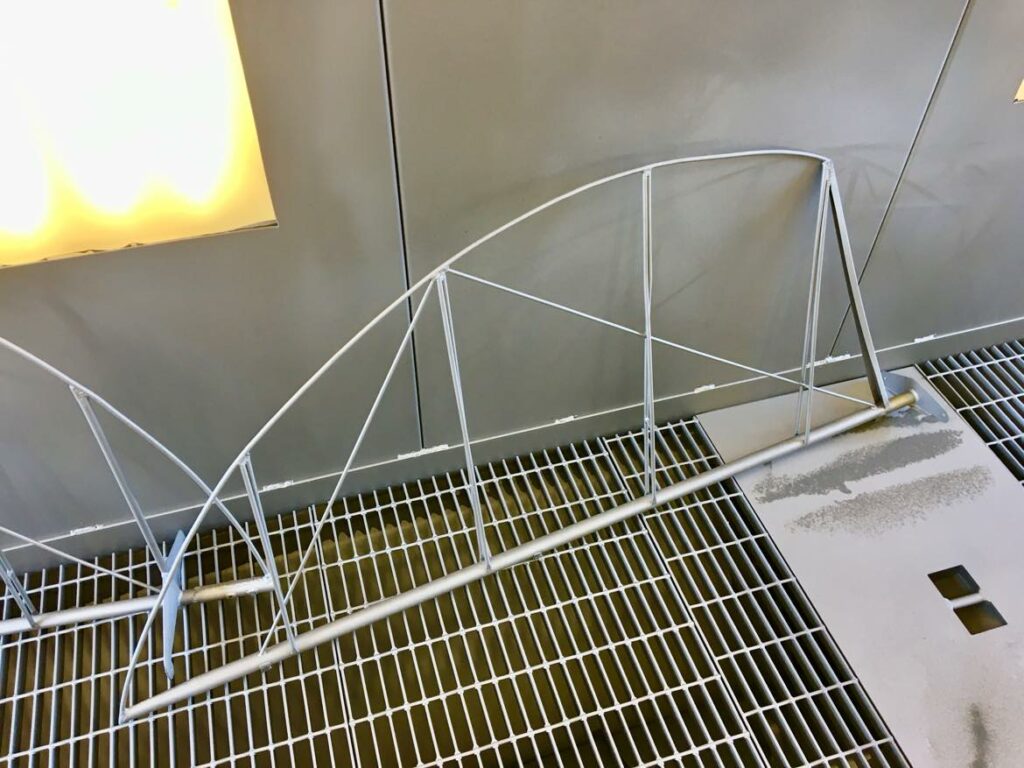
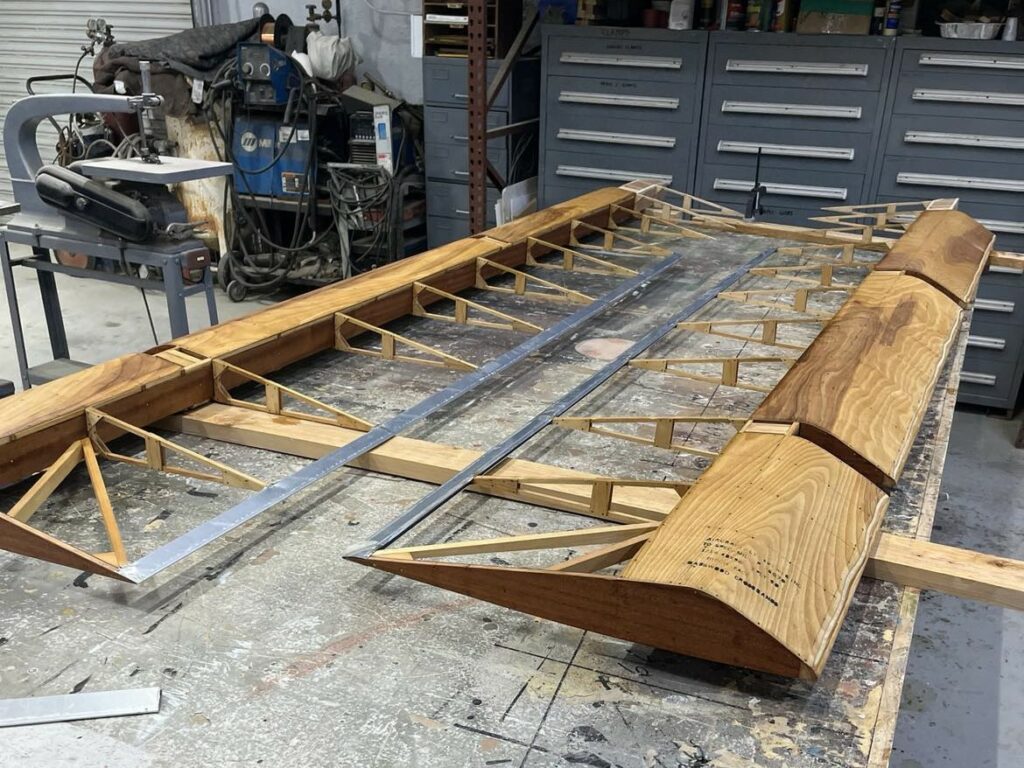
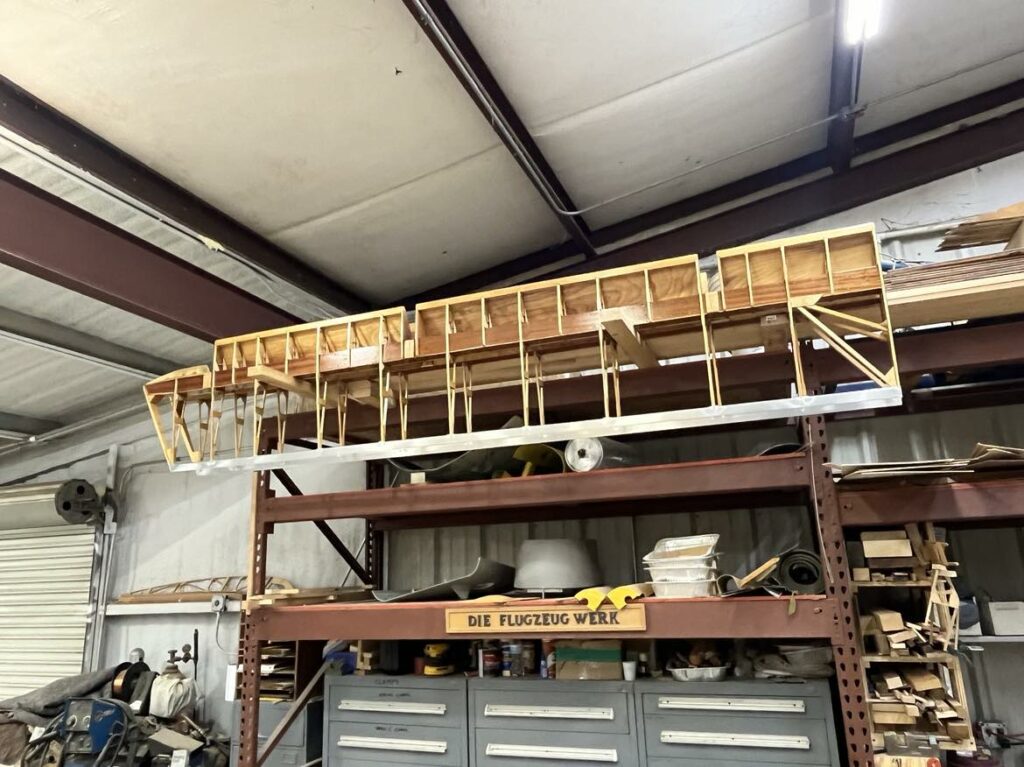
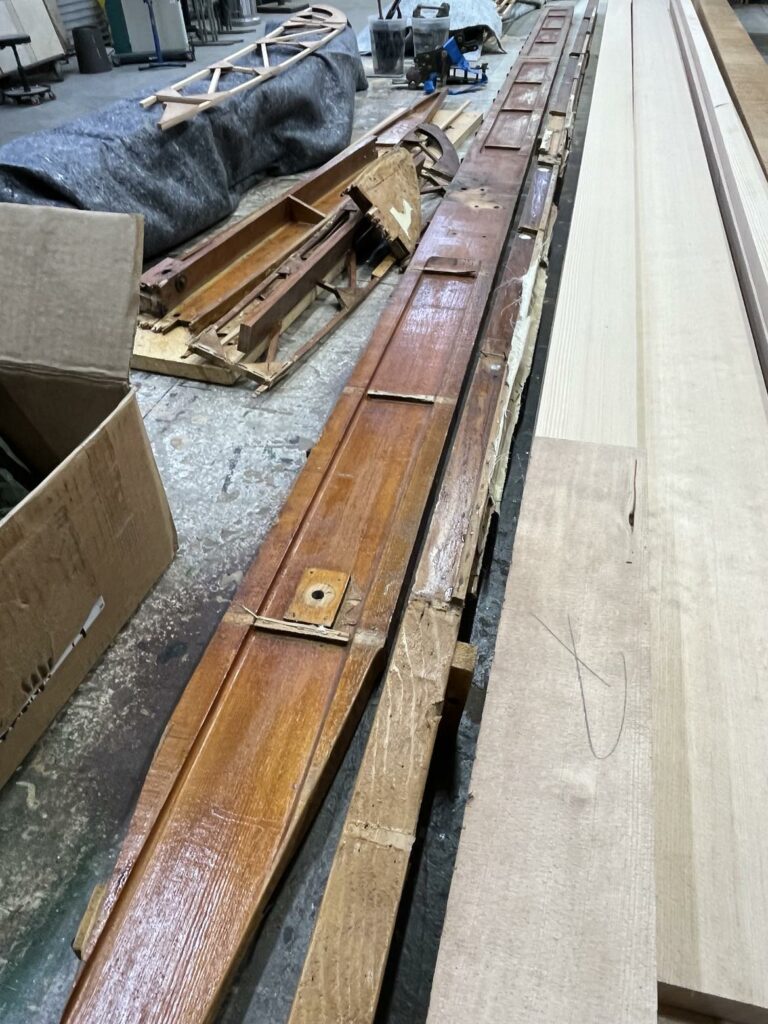
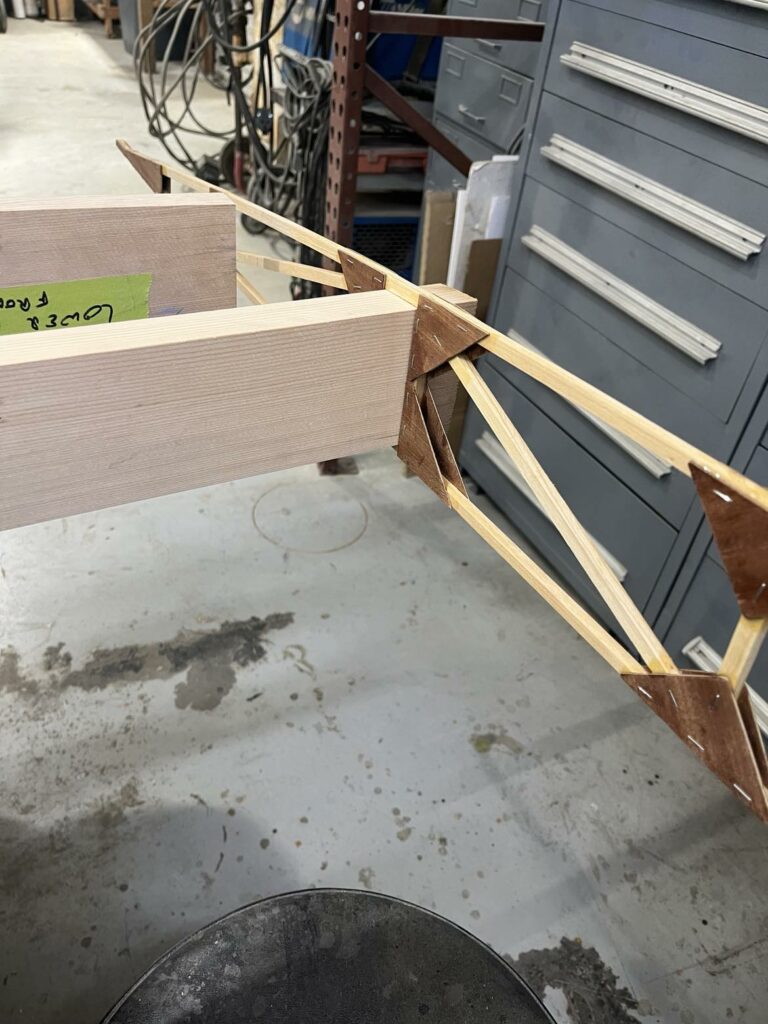
![Young Man, Old Plane – BIG Challenge 10 Connor Flynn sits in the bare fuselage of Spartan C3-165 s/n113, the aircraft he's restoring to airworthiness. [Photo via Connor Flynn]](https://vintageaviationnews.com/wp-content/uploads/Spartan-C3-165-Biplane_6413-Edit-150x150.jpg)
